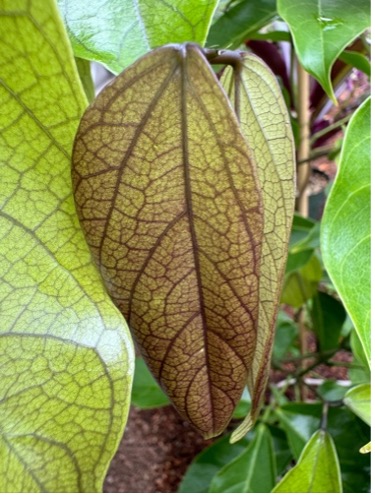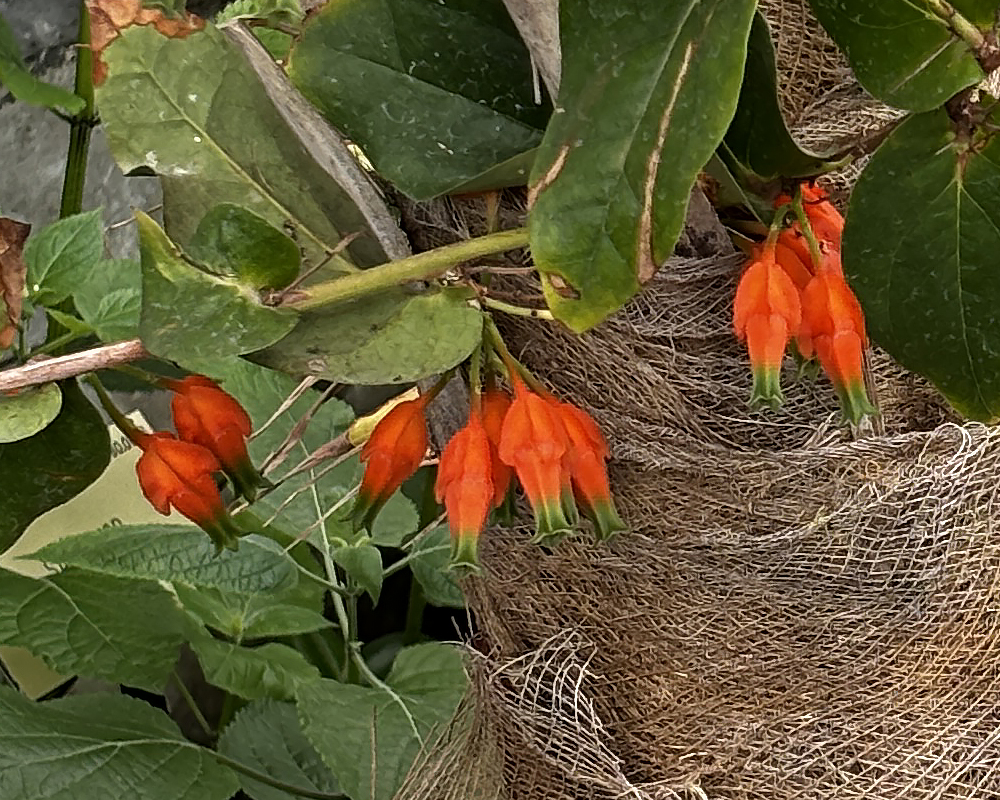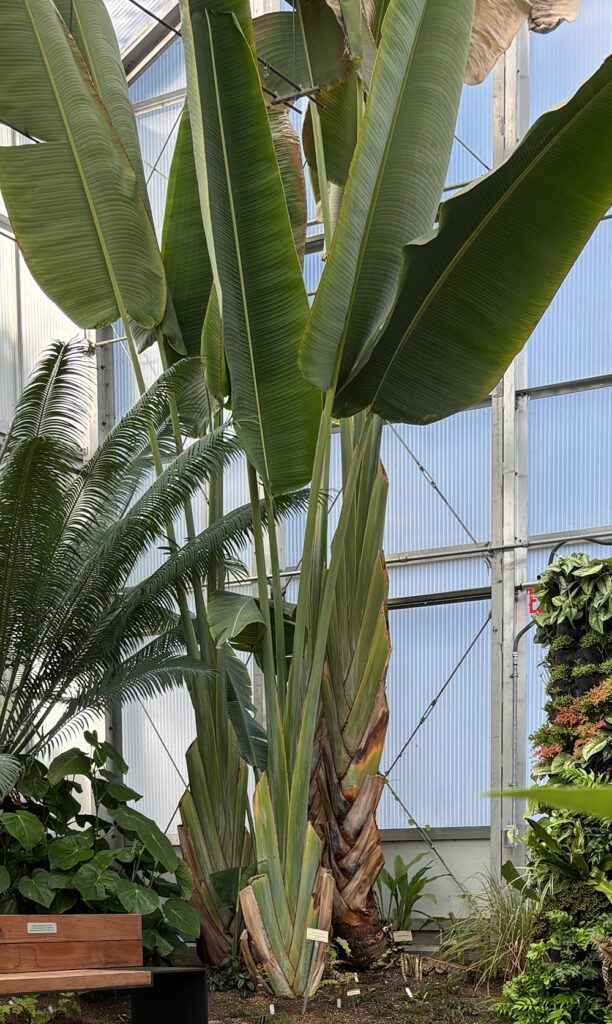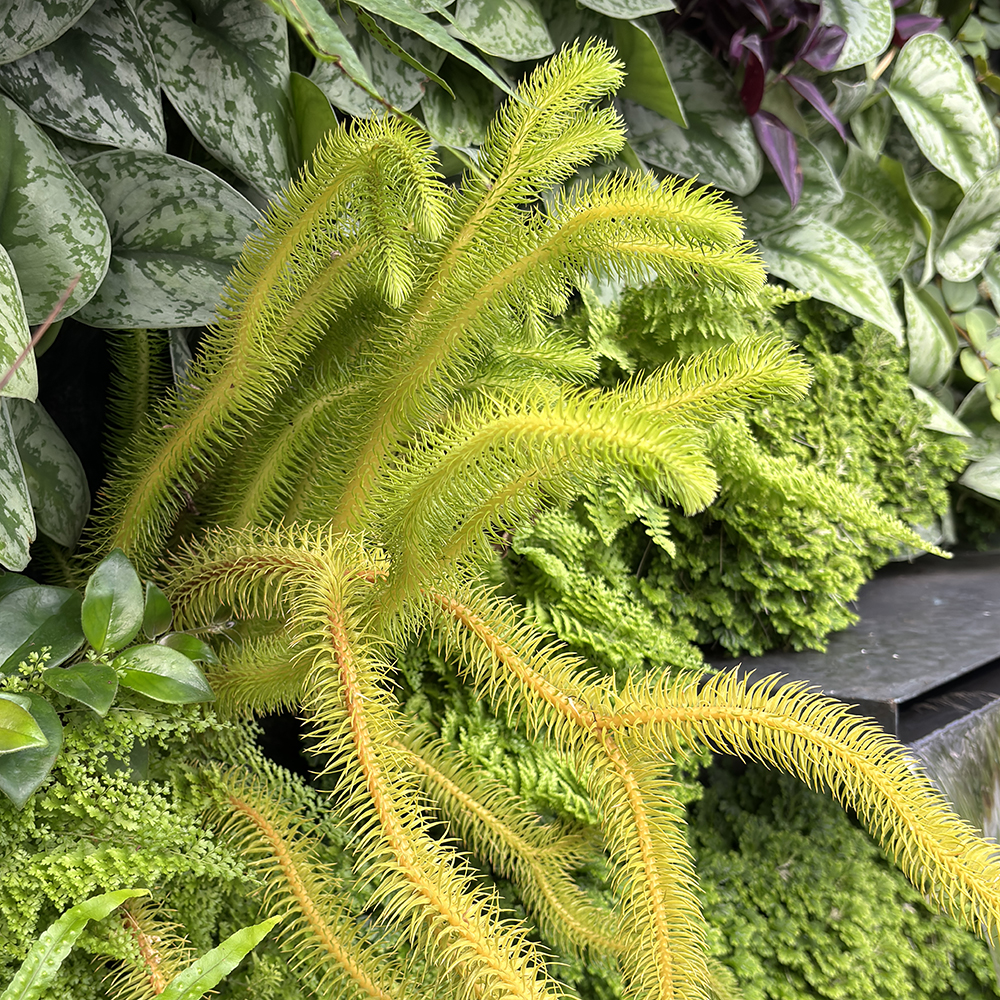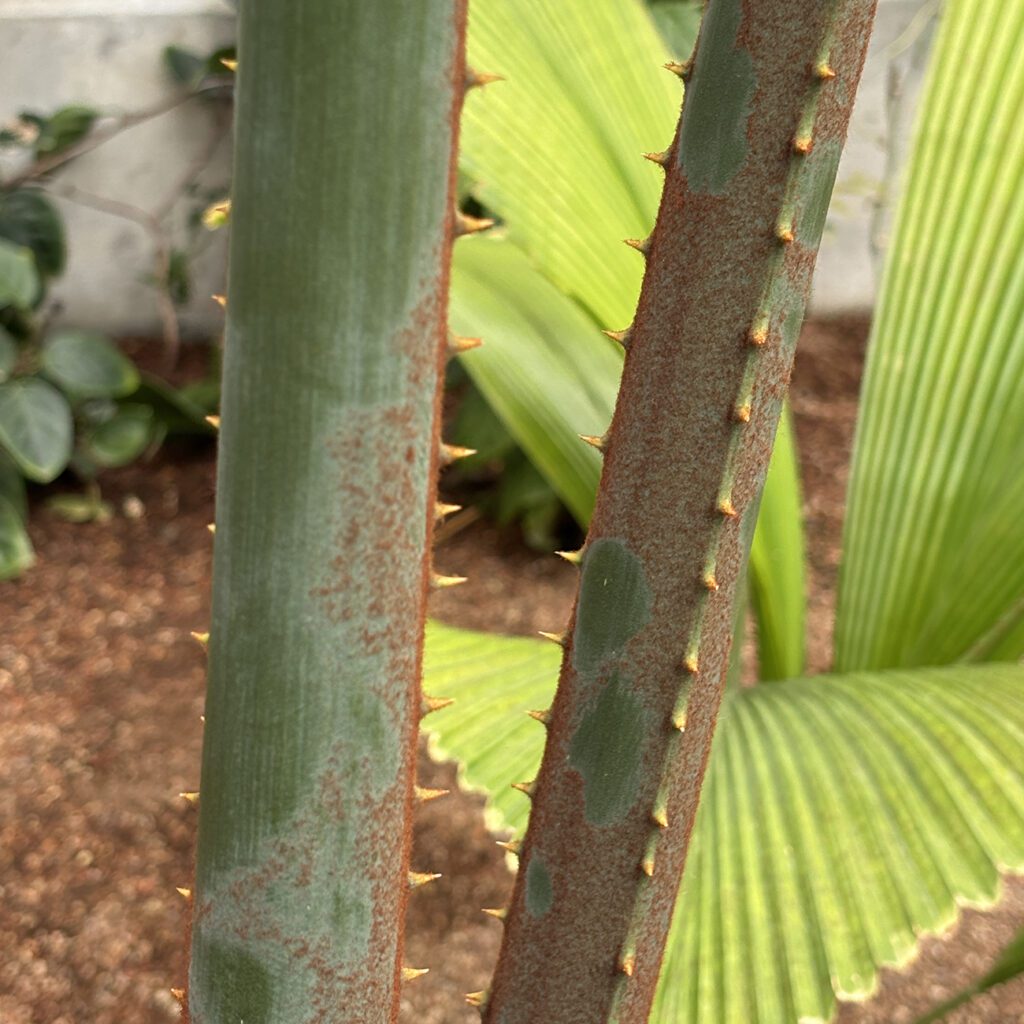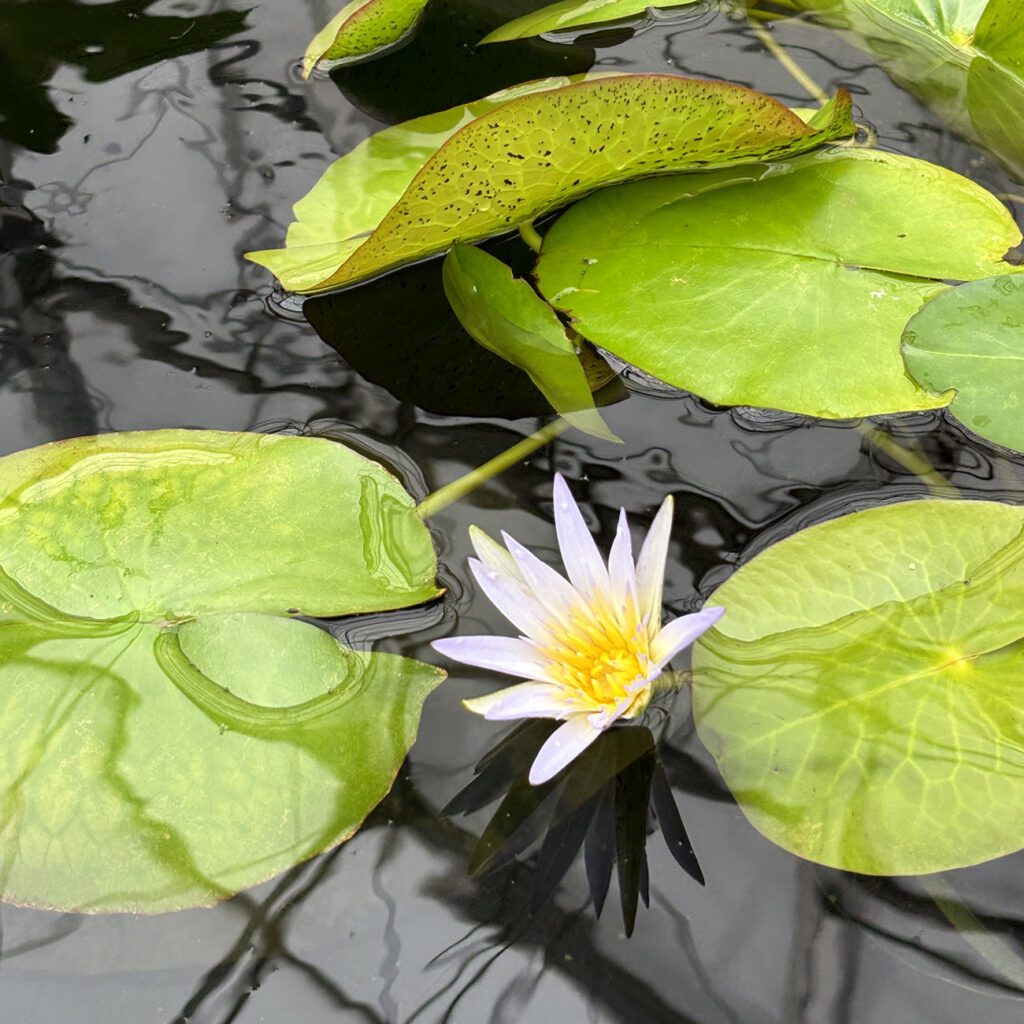
Virginia Haldan Tropical House
Come experience this unique, humid tropical environment filled with magnificent exotic plants, a living wall, pond and fountain, in a space designed to be ADA compliant and accessible for all.
Closed since 2020, when the exterior was reskinned, the Garden launched a successful $1.3 million fundraising effort to complete the vibrant, reimagined interior designed by renowned landscape architect Ron Lutsko, Lutsko Associates. This beautiful redesign fulfills our goals to create a larger pond, better visitor flow throughout the space and the ability to engage more with the plants. All within a 40 x 40-foot space.
This Garden jewel—the East Bay’s only tropical glass house open to the public—supports our commitment to education and plant conservation. Prior to closing it was a beloved destination for fifty years by visitors of all ages. The replanted interior will eventually have familiar displays of plants important in human uses such as chocolate and vanilla. Exciting new plantings include unusual tropical species of cycads, relocated from the Garden’s research greenhouses and on view to the public for the first time. Rounding out the display, visitors will see flowering water plants such as Egyptian blue lotus (Nymphaea caerulea), in the enlarged pond. Like all the Garden’s collections, the plants in the tropical house are considered research plants and are available for study.
The Living Wall
The living wall is a stunning, two-sided display of plants that creates an opportunity to show the evolution of land plants. In support of this educational focus, Garden staff will continue to refine and update the plantings with a goal to replace the commonly cultivated materials with plants from the Garden’s collections. We hope to eventually incorporate everything from tropical mosses to our own tropical pitcher plants (Nepenthes).
Collection Highlights
Jade vine (Strongylodon macrobotrys), with its beautiful, dark veined juvenile leaves, is one of a number of exciting climbing plants in the house. This liana will climb up the up the north side of the house, eventually revealing its mesmerizing jade-colored flowers, in long claw-like racemes. We can’t wait for it to flower for us!
Tropical blueberry (Macleanea pentaptera), the striking green and orange flowers of this epiphytic shrub can be found growing up the silver palm (Coccothrinax argentata) at the northwest corner of the house. The plant is in the heather family and like its relatives, cranberries, blueberries etc. the translucent white fruits are edible. Only found in the montane humid forests of Ecuador where its tubular flowers are pollinated by hummingbirds.
Traveler’s palm (Ravenala madagascariensis) is an old favorite that survived the building renovation process. It is in the same family as our commonly seen bird-of-paradise plant, the Strelitziaceae. It is called the traveler’s palm because if you look at the base of the plant where old leaves have been cut you can see a channel in the leaf sheaths where water could be used by travelers. This majestic plant rises to the top of the house where we are hoping that under these improved tropical conditions it will soon flower and reveal its brilliant turquoise seeds.
Huperzia Located on the Living Wall and looking somewhat Dr. Suess-like, this plant is sometimes referred to as a firmoss, but is unrelated to mosses. It has a place in the early evolution of land plants with extinct relatives reaching massive sizes. It is classified by botanists as a lycophyte and one of the oldest living lineages of ‘higher plants’ those that contain conducting tissues, true roots and stems and a reproductive generation dominated by a sporophyte.
Dujuetie (Cycas multipinnata) The Tropical House is the ideal habitat for many tropical species of cycads that we have had in our research greenhouses, behind the scenes and out of the public view for many years. The Garden has one of the most comprehensive cycad collections of all botanical gardens and the opportunity to display more of them to the public will inspire support of the Garden’s cycad conservation programs. Now for the first time we are displaying the dujuetie (Cycas multipinnata), providing ample room to stretch out its tall fronds and armed petioles eventually reaching to the top of the house.
Like the rest of the collections in the Garden, all the plants in the house are considered research plants. One plant that is actively being worked on by an anthropology undergraduate student is Egyptian blue lotus (Nymphaea caerulea). The study investigates if the psychoactive properties found in this plant are also found in other water lily species currently advertised in products purporting to have the same properties.
Banner photo: Living wall with fountain
